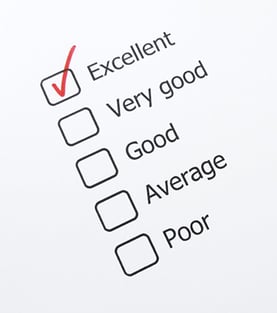Advertising production management is receiving more attention than it used to from brands. After...
Valuable Reporting: Best-practice Agency Evaluation Series Part 8
Agency Evaluation Issues
The whole purpose of relationship evaluation programs is to get useful, trustworthy reports into the hands of the right managers so that they can then take appropriate action. This is a fundamental goal of any evaluation program. However, we hear repeatedly that established programs deliver patchy reports, late, and often to the wrong people!
Generate Useful Reports
Best practice relationship evaluation programs work out from the outset what reports are required. The program is then configured to deliver the appropriate reports. As we have seen already, usually this means assessing the relationship at a low level (e.g. local brands) and then rolling up findings to create regional or global outcomes.
Additionally, best practice reporting recognizes that reporting is not static. Managers need to be able “slice and dice” and dig deep. Common breakouts include:-
- By business units within the company
- By brands
- By geography – country, region and global
- By agency
- By agency holding company
- By type of agency
- By function of assessor e.g. Marketing, Advertising, Accounting, Purchasing, etc.
By measuring the relationship at the local level managers and administrators of the program can roll up results to get aggregated outcomes and distribute reports accordingly.
What reports do our best practice companies require?
- Overall outcome and by sections and individual assessment criteria of the questionnaire or scorecard;
- Gap report showing the difference between the client and the agency’s perception;
- Comments report showing every comment made by all participants;
- Achievement against set objectives;
- Trend reports;
- Benchmark reports comparing findings e.g. between agencies, agency types, business units, geographies, etc.
Accessibility to reports is critical. Line managers must be able to access and create reports as required. Optimally this is best accomplished if line managers can log-on and generate reports dynamically. Managers need to be able to dig deep. Obviously access is controlled so that line managers are only able to access reports that are relevant to their responsibilities.





